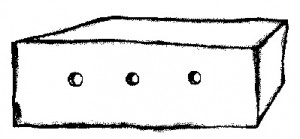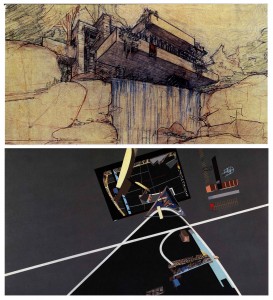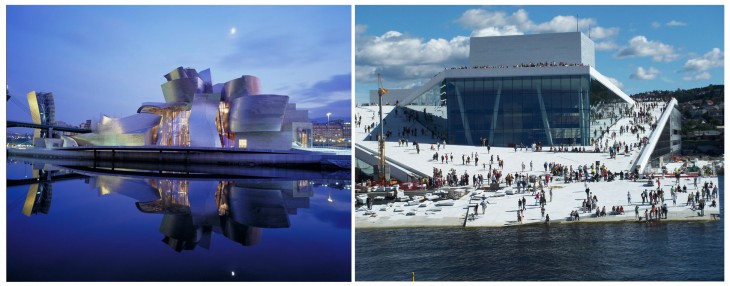
The reading to analyze is about Saint Jerome, a saint who lived 1100 years before it became an artistic reference for painters between 1400 and 1700.
The artistic movement vary according years of painting and the author. The important thing to note is the cunning of the author of the article in question, as it takes this artistic reference of earlier times to refer to human needs.
The author’s analysis is divided into three main points:
Saint Jerome in the desert.
In the representation of St. Jerome in the desert, the author clearly states the individual’s interaction with nature in the simplest way, without protection of any kind of rock or sand, and in direct contact with nature and the introspection of the individual.
Saint Jerome and the Study
In the analysis of this stage of the monk’s life, it becomes evident the emergence of civilization, the building and the greatness of man through the study, organization and order, developing into community and to the common greatness of individuals.
Saint Jerome and the Grotto.
At this stage of artistic representation, is expressed at a Saint Jerome hybrid, in contact with nature and the study but protected by a cave.
Personal conclusion
It is evident that of the three passages in which is exposed the life of St. Jerome (for me a representation of the human being), the first two are completely polarized.
The first, the life in the desert, it refers to an austere lifestyle and in direct contact with nature, in total isolation from any interaction with other humans, highlighting the spiritual and divine through study and meditation.
The second, the study, it refers to life in the city, the civilization protection in contact with other human beings, more human way , civilized , physical and material where what matters is knowledge and the greatness of human.
Moreover, the third, St. Jerome and the Grotto , is a fusion of both human needs , not only divine but also material, not only natural but also with artificial protection , not only spiritual but also intellectual, making this mixture between “The desert and the study” , reveals the perfect way to complement the man , “enclaves” of nature – civilization or civilization – nature.
This apparent need to blend between two poles “Nature and Civilization”, is precisely successfully expressed in the draft House N by Sou Fujimoto, in which is easily to deciphered the architect’s intention, the need to interact between the house and the street, the city and the nature, getting to generating an advanced architectural project with a simple set of forms, gardens, spaces and the interaction between all previous with the city and the environment.






